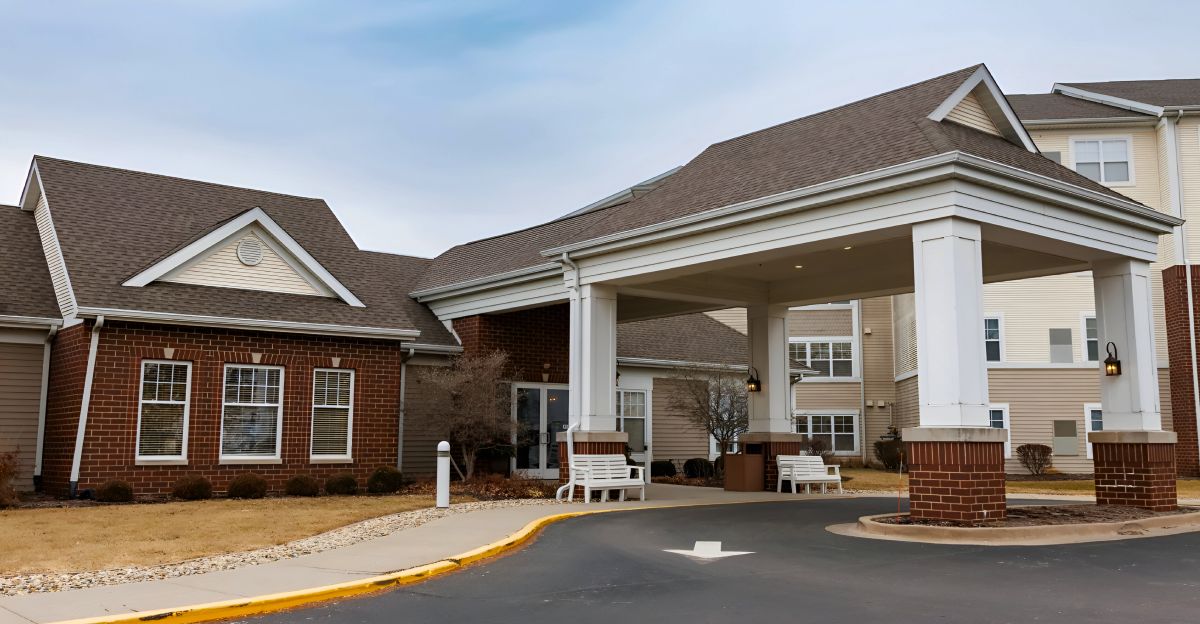
A luxury retirement community on Long Island has filed for bankruptcy, devastating its elderly residents’ finances. Harborside, a continuing-care retirement community in Port Washington, NY, charged each resident a hefty entrance fee (between $425,000 and $1.7 million) plus monthly dues.
Residents were promised that most of their entry fees would be refunded to them or their families later on. Now those promises have evaporated. One 89-year-old widow, Arlene Kohen, sold her home for $838,000 to pay a $945,000 entrance fee – only for her family to now expect less than one-third of the refund she was originally guaranteed.
Why It Happened
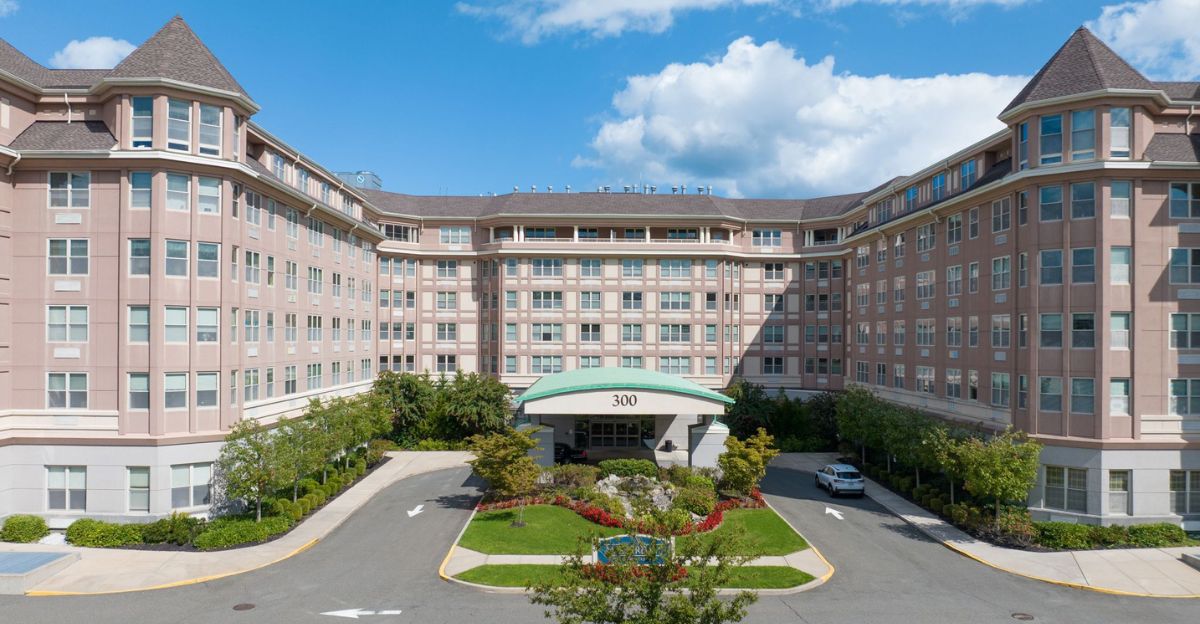
The Harborside case reveals a dangerous flaw in the business model of many senior living facilities. These communities require large upfront fees in exchange for lifetime housing and care, often with a promise to refund a big portion of that fee later. But when a facility goes bankrupt, residents find themselves at the back of the line as unsecured creditors, behind banks and bondholders. In Harborside’s bankruptcy, the secured lenders get paid first, and by the time they’re done, the funds earmarked for residents’ refunds have been “decimated”.
Harborside’s financial woes were years in the making. It opened in 2010 after a housing crash that made it hard for seniors to sell homes and afford the fees.
Residents’ Lives Upended

For the seniors of Harborside, the bankruptcy has been more than a financial hit – it upended their lives. Many residents who expected to age in place suddenly found services reduced or were forced to relocate when the facility couldn’t provide higher levels of care. Bob and Sandy Curtis, for example, moved into Harborside planning to stay through advancing age. But when Harborside cut its on-site memory care, Bob had to transfer his ailing 85-year-old wife, Sandy, to a separate facility in February.
Tragically, Sandy died in April after a fall, never able to return “home.” Bob, now 88, remains in his Harborside apartment alone, hoping to recover just $50,000 of the $840,000 he paid in – and maybe another $100,000 eventually, if assets sell for enough.
A Nationwide Trend Emerges
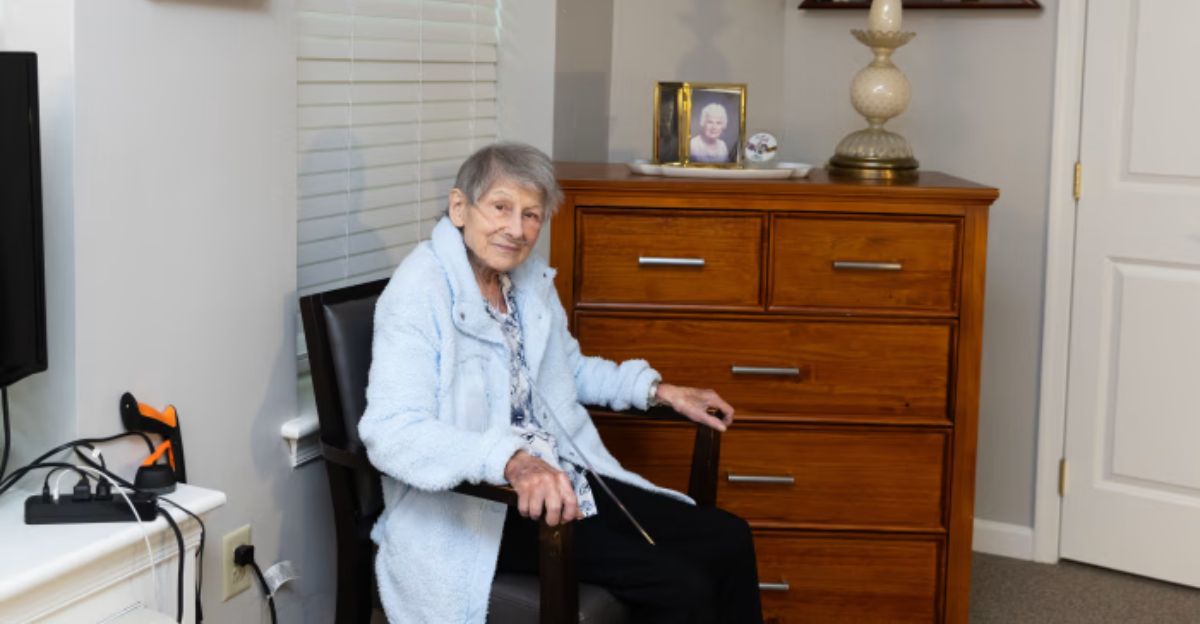
As jarring as Harborside’s story is, it’s not an isolated incident – it’s part of a growing trend of senior living bankruptcies across the country. There are roughly 1,900 to 2,000 continuing-care retirement communities (CCRCs) like Harborside in the United States. Since 2020, at least 16 of these communities have filed for Chapter 11, often for similar reasons.
A Wall Street Journal analysis found those bankruptcies have wiped out more than $190 million in entrance-fee savings that over 1,000 families had counted on. Harborside alone accounts for 212 of those families’ losses. Other high-profile collapses underscore that the risk is coast-to-coast.
A Major Nursing Home Chain Collapses

The senior care crisis isn’t confined to retirement communities with entry fees – it’s spreading to big nursing home operators as well. In July 2025, Genesis HealthCare, one of America’s largest nursing home chains, filed for bankruptcy protection in a dramatic sign of industry distress. Genesis operates 175 facilities across 17 states, serving about 15,000seniors. Its Chapter 11 filing “plunges a further 15,000 senior residents into the ongoing care crisis sweeping the United States,” one report noted grimly.
The company revealed a stunning financial black hole: it had been spending $8 million every month on settlements and legal costs from personal injury and wrongful death claims – an unsustainable burden.
Flaws in the Financial Model
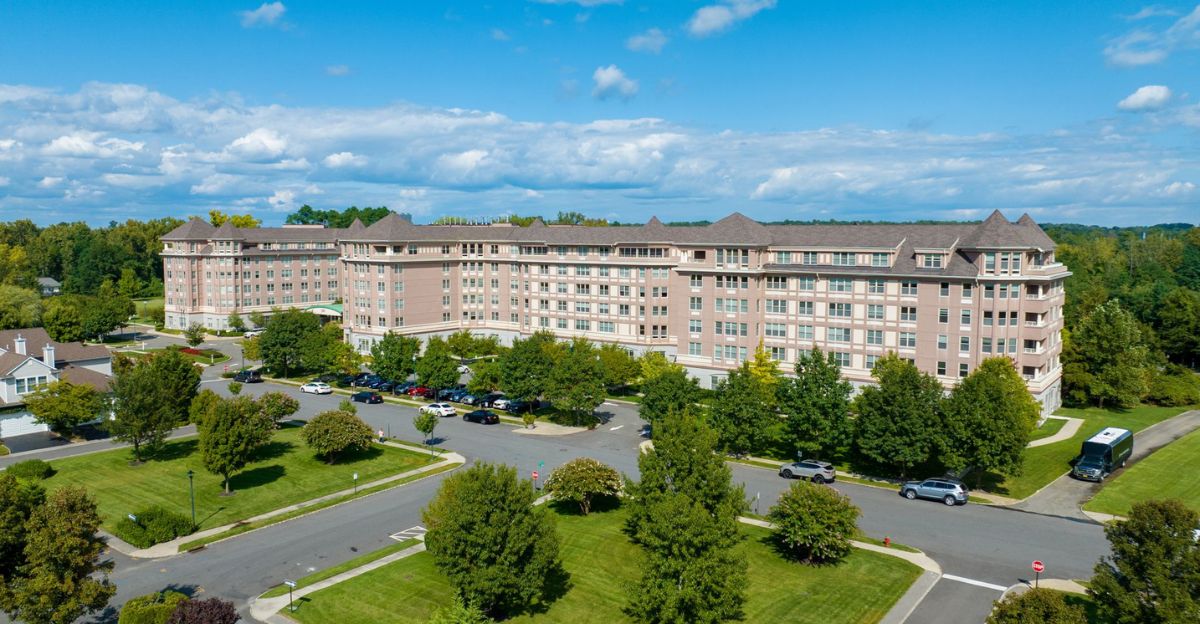
Why are so many senior living facilities running into trouble? Analysts point to deep flaws in the financial model underlying these communities. Many CCRCs rely on a constant influx of new entrants (and their hefty entrance fees) to stay afloat, often using incoming funds to service construction bonds and other debt. They maintain relatively low cash reserves, betting that new retirees will keep filling units.
This works in good times, but it leaves communities extraordinarily vulnerable to economic downturns.
Warnings from the Experts

Experts have been sounding the alarm about these risks for years. As far back as 2010, the U.S. Senate Special Committee on Aging warned that CCRCs are “particularly vulnerable during economic downturns” and urged states to bolster consumer protections for residents. Despite those warnings, oversight remained patchy and inconsistent.
Katherine Pearson, a law professor who studies elder law, says part of the problem is that many state regulators lack the specialized know-how to keep tabs on complex retirement community finances. “Many states… lack the expertise” to regulate CCRCs effectively, she told The Wall Street Journal, noting that overseeing these facilities can require the same savvy as an insurance commissioner monitoring an insurer.
Calls for Oversight and Reform

The wave of senior facility failures has triggered calls for tougher oversight and new laws to protect residents. In Pennsylvania – home to dozens of Genesis HealthCare nursing homes – Governor Josh Shapiro pointed a finger at the role of profit-driven owners. “Governor Josh Shapiro strongly believes that private equity should get out of the nursing facility business in Pennsylvania,” his spokesperson declared after Genesis went bankrupt.
Shapiro is pushing state legislation to stop investors from “stripping” money out of care homes at the expense of residents.
How Seniors Can Protect Themselves

For individuals and families considering a senior living community, these incidents are a wake-up call to do thorough homework and exercise caution. Experts say prospective residents should treat a CCRC decision like a major financial investment – because it is. Before handing over hundreds of thousands of dollars, seniors are urged to vet the facility’s financial health. Key indicators to check include its cash reserves (a healthy community should have at least 4 to 6 months of operating cash on hand) and occupancy rate (ideally well above 90%).
Consistently low occupancy or razor-thin cash cushions can signal trouble ahead.
Crisis or Reform?
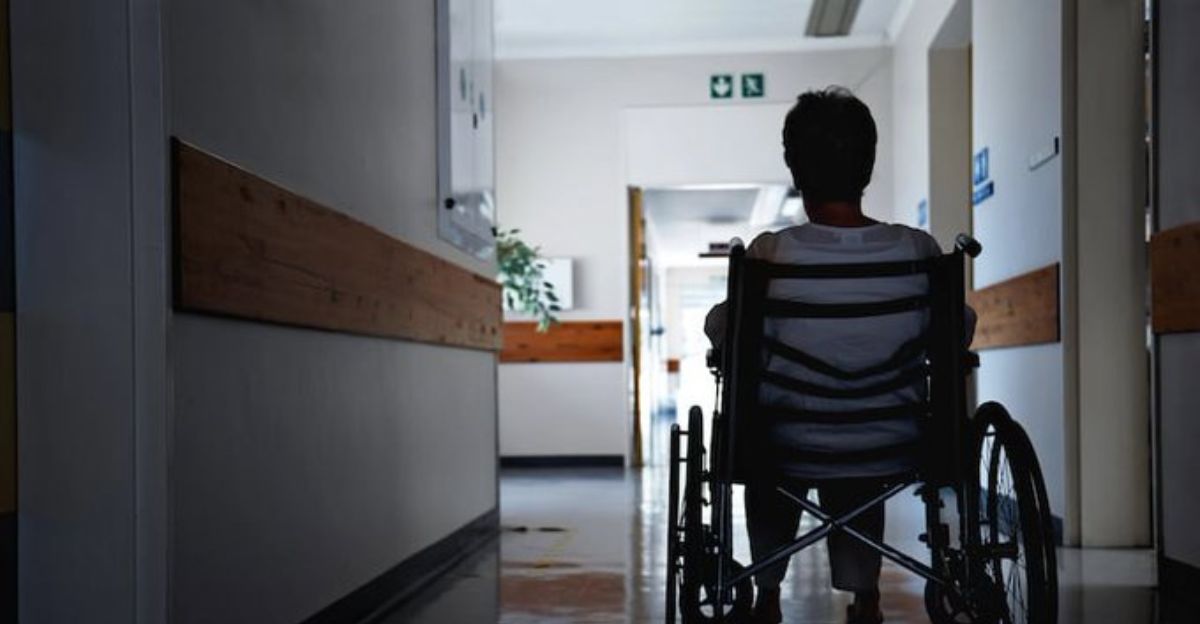
This string of senior community bankruptcies is forcing a painful reckoning for America’s elder care system. On one hand, it’s important to note that failures are still relatively rare – less than 1% of nearly 1,900 CCRCs nationwide have declared bankruptcy since 2020. Most communities do operate as promised. But for the affected families, the impacts are catastrophic, and their stories have sent shockwaves through the retirement world.
Each collapse undercuts confidence in the “buy-in for life” model that so many middle-class and affluent seniors have trusted. With the U.S. population aging rapidly, the stakes are only growing higher.
